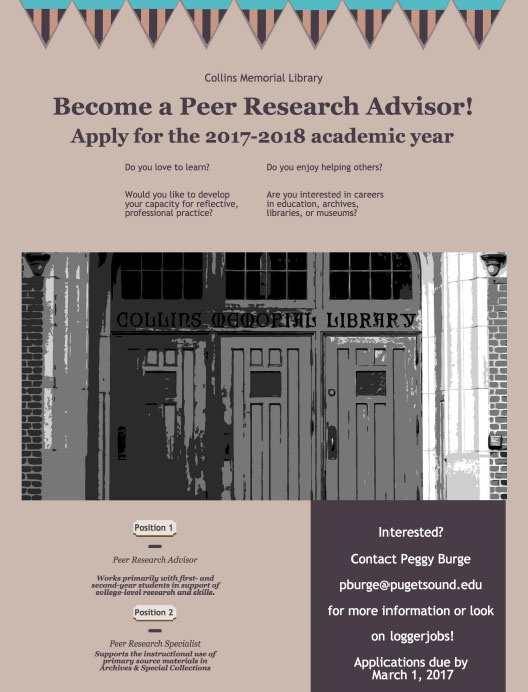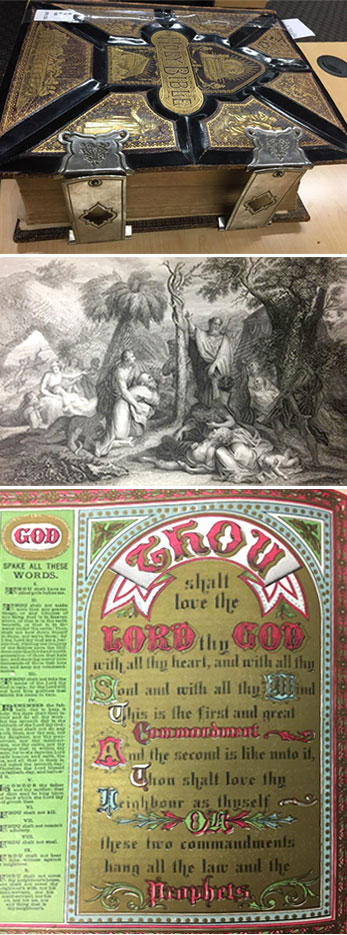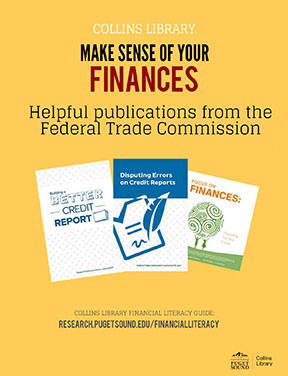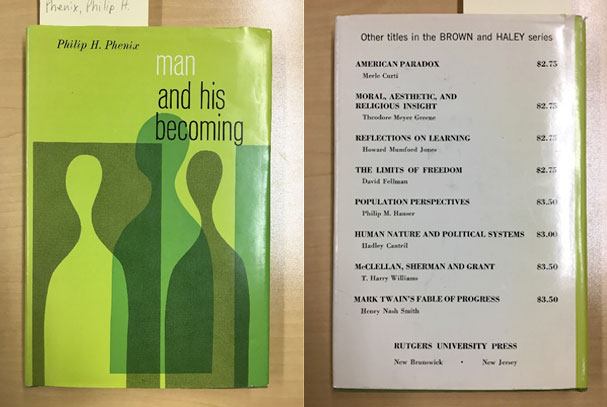 Although elephants themselves remain economically and culturally symbolic their declining population and degraded living conditions remain primarily of human creation. I find that even though elephants have been successfully commercialized, their images printed onto clothing or fashioned into earrings, most people seem unaffected by the significant loss of elephant populations. How can it be that the symbol of the elephant is more sacred than the actual being?
Although elephants themselves remain economically and culturally symbolic their declining population and degraded living conditions remain primarily of human creation. I find that even though elephants have been successfully commercialized, their images printed onto clothing or fashioned into earrings, most people seem unaffected by the significant loss of elephant populations. How can it be that the symbol of the elephant is more sacred than the actual being?
It may be the case that working to conserve another form of life is too difficult, or not someone’s particular purpose. However, I find that any effort made to create positive change is not wasted. Whether it be by making thousands of elephant prints, donating, signing petitions, or learning about the poaching problem anyone can participate in saving one of our planets most intelligent, and communicative animals.
The artist Suzanne Fellows, on feature at Collins Memorial Library, was inspired by a figure in 2013 which stated that 36,000 elephants were exterminated for their ivory tusks. She then embarked on an artistic project to print 99 elephants every day for 365 and recreate the 36,000 murdered elephants.
Over the past 150 years elephant populations have declined significantly due to habitat loss and ivory trade. The primary cause of elephant population declines is ivory trade and poaching. At the turn of the 20th century there were an estimated 5 to 10 million elephants in Africa, and about 100,000 Asian elephants. Today there are about 450,000 elephants in Africa, and about 35,000 Asian elephants. These figures are steadily declining despite desperate efforts by small dedicated conservationist groups.
Although ivory trade is the primary cause of the declining elephant population, agricultural development has also negatively affected elephant populations. University of Puget Sound professor and director of the environmental policy and decision-making program Rachel Demotts’ exhibit “Living with Elephants” is on feature at Collin Memorial Library. The exhibit dives into lesser known aspects of elephant conservation such as human and elephant interaction on shared territory.
Anybody can join the effort to save one of the world’s most culturally symbolic, and objectively intelligent animals. Some people dedicate their art to elephant conservation, and other people dedicate their academic knowledge to the cause. Any effort put into a cause is not wasted so long as it is a worthy cause.
Note: Professor Rachel DeMotts research is also featured in this exhibit as well as the personal elephant figurine collection of Kenneth McGill. Also on display is a unique artists’ book on the plight of the elephant by local artist. Mari Gower. The exhibit runs through May 14, 2017.
By Janne Deng
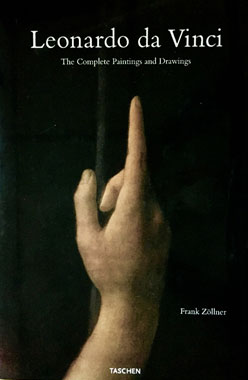 Leonardo da Vinci: The Complete Paintings and Drawings
Leonardo da Vinci: The Complete Paintings and Drawings


